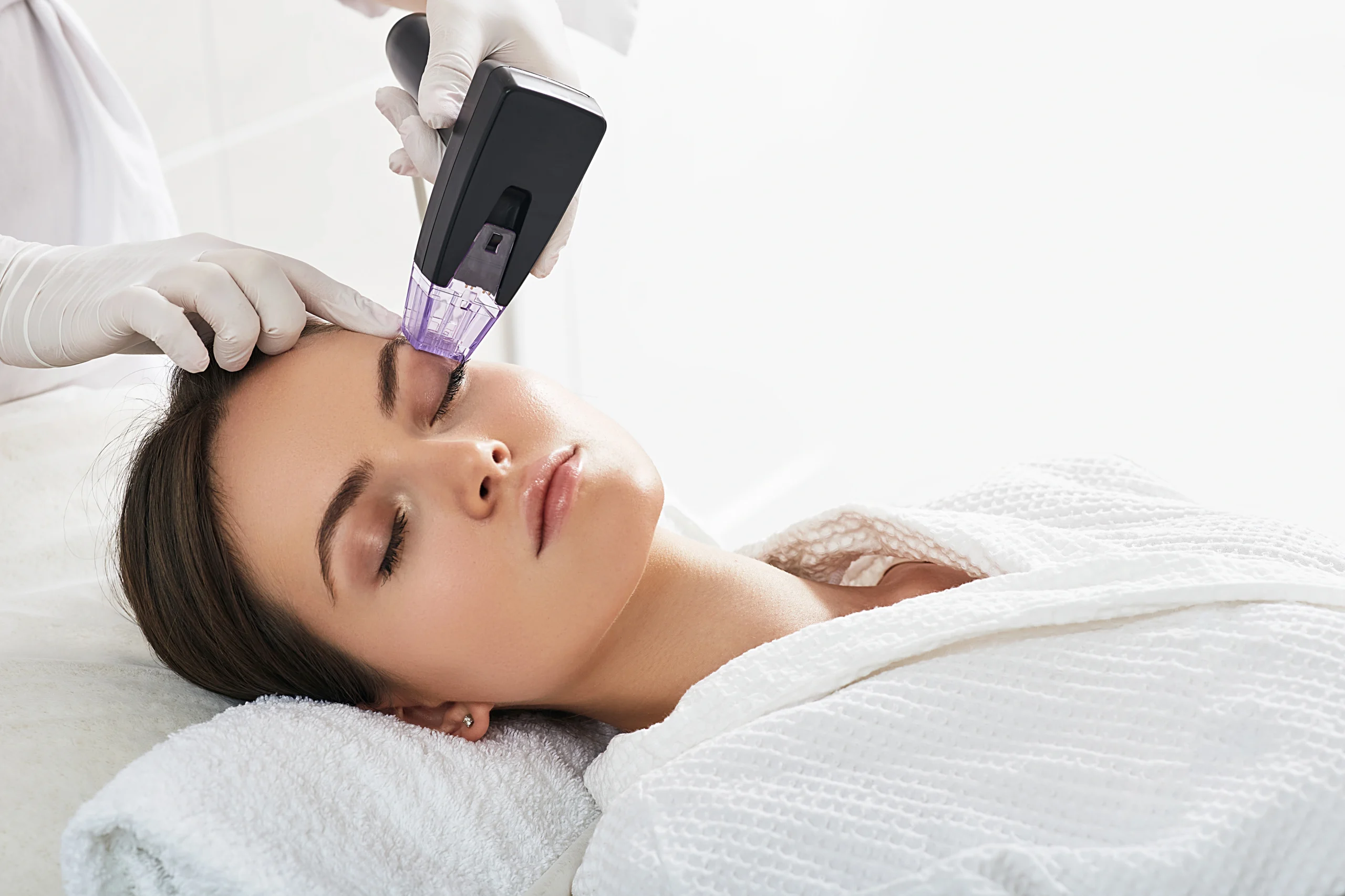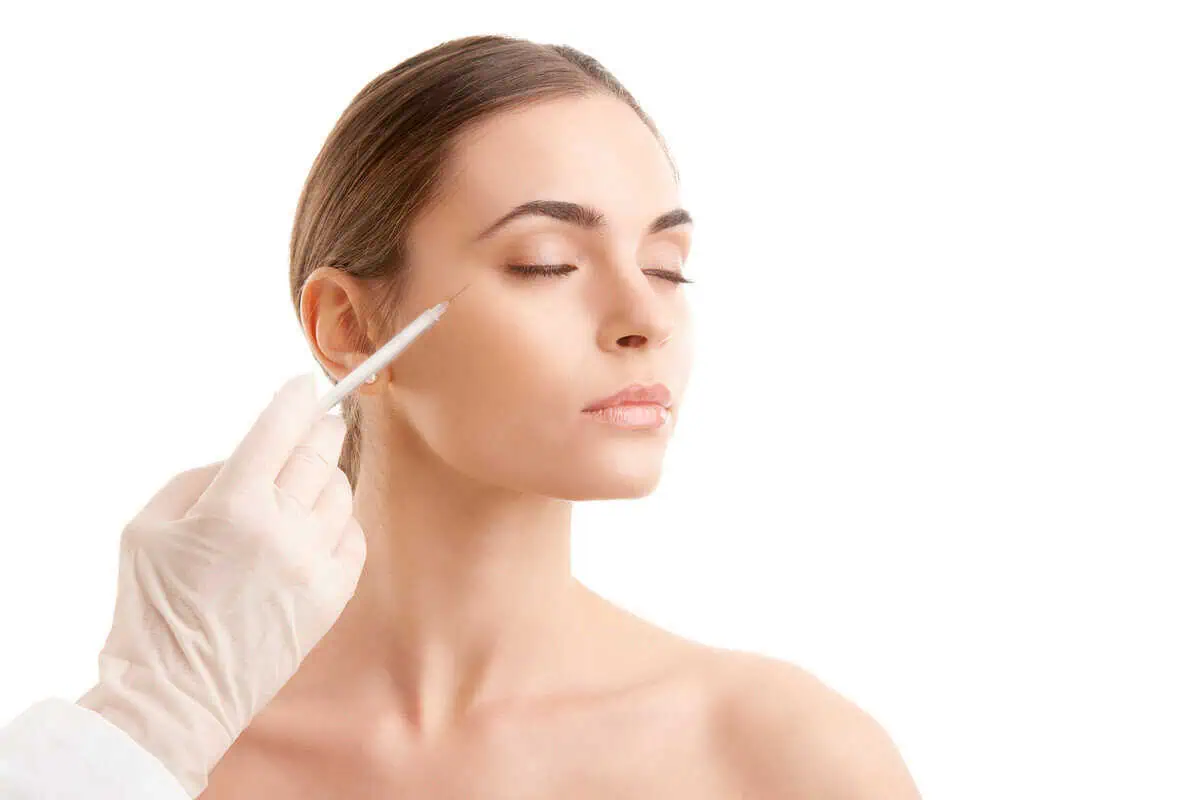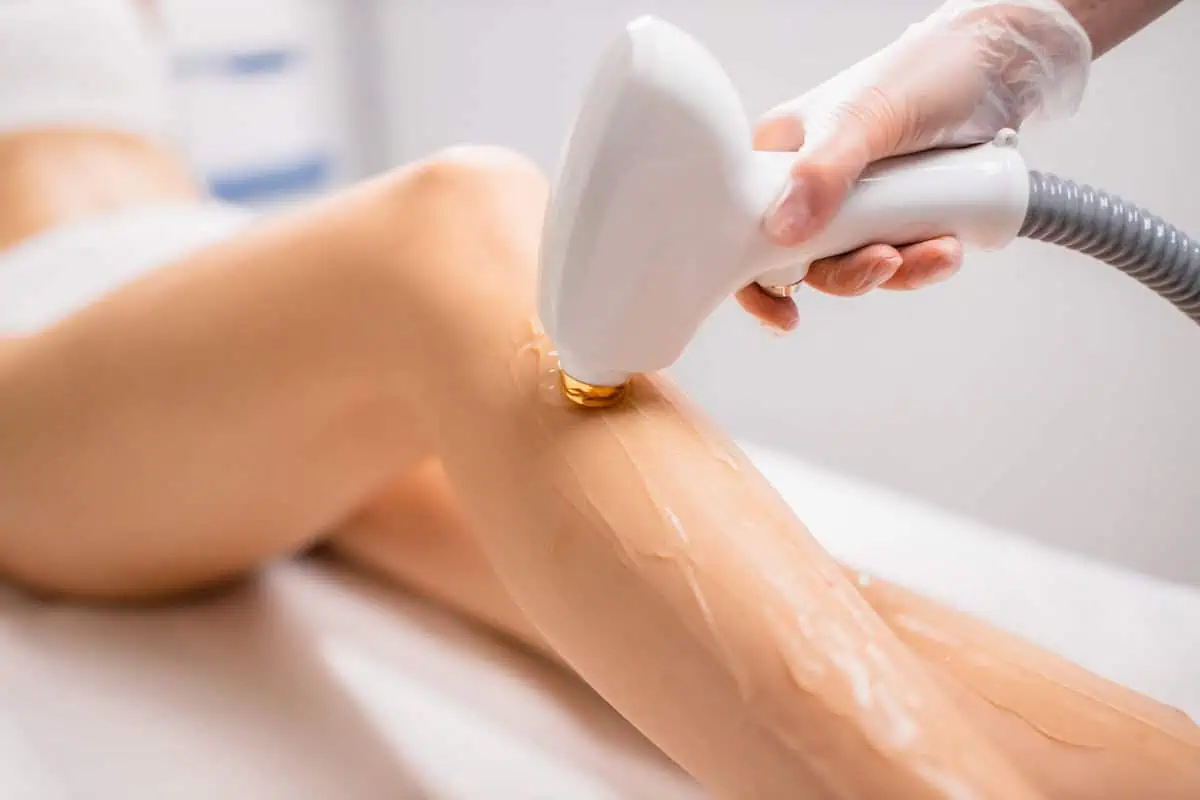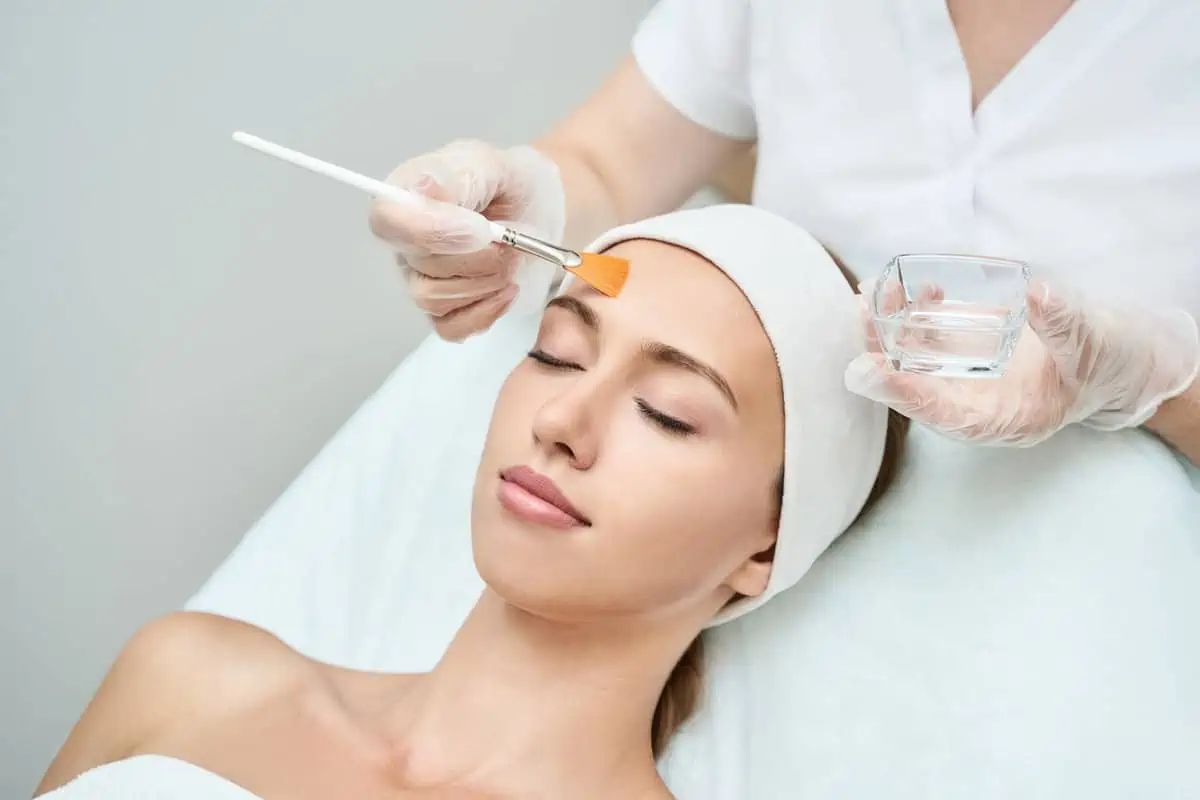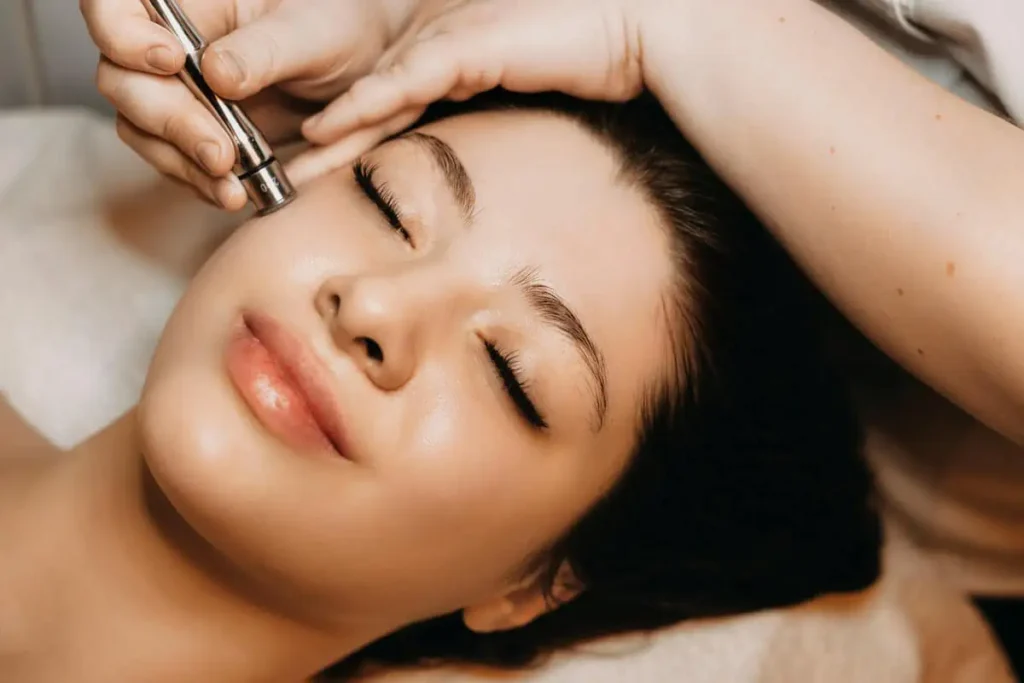
Microneedling, a technique involving tiny needles to puncture the skin, has rapidly gained popularity as a straightforward, minimally invasive option for enhancing skin appearance. This method, mainly when performed with MDPen, stands out for its simplicity and effectiveness in triggering the skin’s natural repair process. Unlike more invasive skincare treatments, microneedling with MDPen minimizes downtime and discomfort while promoting collagen and elastin production. These proteins are crucial for maintaining youthful, resilient skin. The MDPen technology is designed to suit various skin types, addressing concerns from fine lines and wrinkles to scars and uneven texture.
What is Microneedling?
Microneedling is an aesthetic approach that involves pricking the skin with fine needles to promote the skin’s natural healing processes. This technique creates tiny, superficial punctures in the skin, which may not be visible after the procedure. Microneedling primarily aims to stimulate the body’s collagen and elastin production. Collagen and elastin are proteins that are necessary for preserving the skin’s structure, elasticity, and youthful appearance. As we age, the creation of these proteins intrinsically decreases, leading to wrinkles, fine lines, and sagging skin formation.
The microneedling process encourages the skin to repair itself by producing more collagen and elastin, resulting in firmer, smoother, and more youthful skin. The procedure is relatively quick and can be done on various body parts, including the face, neck, and chest. It is often used to improve the appearance of scars, enlarged pores, wrinkles, and stretch marks.
One of the advantages of microneedling is its minimal downtime compared to more invasive cosmetic procedures. Patients can generally renew their normal activities shortly after treatment, making it convenient for those looking for visible skin improvements without significantly interrupting their daily lives.
The Science Behind Microneedling
When the skin is punctured by the fine needles used in microneedling, it triggers a series of biological responses that aim to repair the micro-injuries. This process is fundamentally rooted in three distinct phases: inflammation, proliferation, and remodeling.
The body’s immune system is activated during inflammation to clean the wound, fight infection, and create new tissue. This involves releasing growth factors and cytokines that entice immune cells to the site of injury.
The proliferation phase is characterized by the formation of new granulation tissue, which replaces the damaged skin with a new network of blood vessels – a process known as angiogenesis. Fibroblasts, cells that play a critical role in wound healing, are also activated during this phase. These fibroblasts produce collagen and elastin, the structural proteins that give skin its firmness and elasticity.
In the final phase, remodeling, the newly formed tissue is refined and strengthened. The collagen produced in the earlier proliferation phase matures and is reorganized to improve the skin’s structural integrity. This long-term remodeling can continue for months after the procedure, gradually enhancing the skin’s appearance.
Microneedling capitalizes on these natural healing mechanisms by creating controlled micro-injuries that stimulate the skin’s repair processes without causing significant damage to the epidermis.
Microneedling For Different Skin Types
Microneedling is adaptable and can benefit various skin types by addressing specific concerns through its capacity to stimulate the body’s natural healing and rejuvenation processes. Here’s how it applies to different skin types:
Sensitive Skin
- Approach: Gentle technique with shorter needle length.
- Benefits: Enhances skin texture and resilience without aggressive treatment.
- Considerations: Lower the frequency of sessions to minimize irritation.
Oily and Acne-Prone Skin
- Approach: Focus on regulating sebum production and reducing pore size.
- Benefits: Can reduce acne scars and prevent future breakouts by improving skin health.
- Considerations: Avoid active acne to prevent spreading.
Dry and Mature Skin
- Approach: Targets fine lines, wrinkles, and hydration.
- Benefits: Promotes collagen production, leading to plumper, more hydrated skin.
- Considerations: Adequate aftercare to enhance moisture retention.
Hyperpigmented and Uneven Skin Tone
- Approach: Aims to normalize melanin production and improve texture.
- Benefits: It can reduce the appearance of dark spots and even out skin tone.
- Considerations: It may require multiple sessions for optimal results.
Combination Skin
- Approach: Customizable treatment focusing on specific areas.
- Benefits: Balances the oily and dry areas by targeting them accordingly.
- Considerations: Personalized needle depth and session frequency.
Scarring and Textural Issues
- Approach: Deep microneedling for scar tissue and stretch marks.
- Benefits: It breaks down scar tissue and stimulates skin remodeling.
- Considerations: Longer recovery time for deeper treatments.
Procedure Experience
On the day of the treatment, the skin is cleansed, and a topical numbing cream may be applied to minimize discomfort. This preparation phase is crucial for a smooth and comfortable experience throughout the microneedling process.
The procedure’s core involves a fine needle device that creates tiny punctures on the skin’s surface. Patients might feel a sensation similar to light sandpaper moving over the skin as the device moves across the treatment area. The process usually takes about 30 minutes, depending on the treated area. Although numbing cream significantly reduces pain, some may experience mild discomfort, especially in sensitive areas.
Immediately following the procedure, it’s normal for the skin to appear red and feel slightly tender, akin to a sunburn. These symptoms typically subside within a few days. Professionals might apply a soothing serum or balm to help alleviate the skin and facilitate healing.
The recovery period is relatively short, with most redness and sensitivity diminishing within a few days. Patients should follow a gentle skincare routine and avoid direct sun exposure to protect the treated area. Over the following weeks, as the skin heals, texture, tone, and appearance improvements become increasingly evident. Optimal results and benefits are usually observed after a series of treatments, as collagen creation and skin remodeling continue over time.
Takeaway
Our microneedling treatments, tailored for diverse skin types, leverage advanced techniques to awaken your skin’s natural healing powers, promoting a smoother, more youthful complexion. Whether you want to diminish fine lines, reduce acne scars, or enhance skin texture, our team guides you through each step, ensuring a comfortable, practical experience. Embark on your skin transformation journey today. Visit Empowered Medspa to schedule your assessment and unlock the prospect of your skin’s innate beauty. Embrace the opportunity to empower yourself with radiant, healthy skin.
